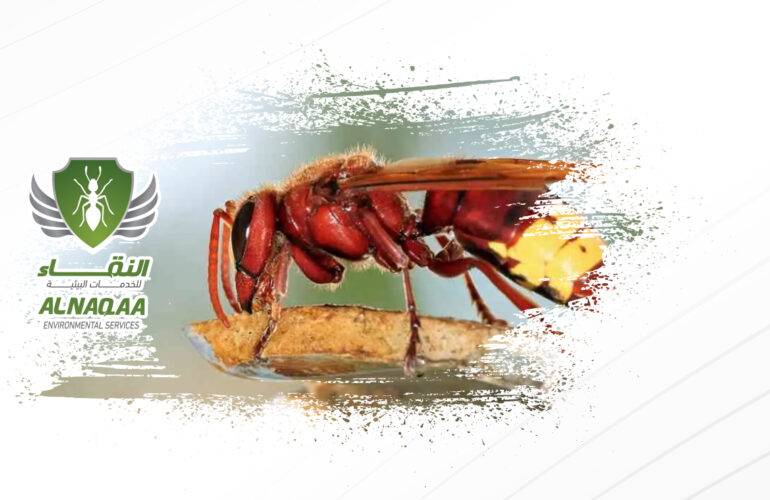Snakes and their habitat
There are thousands of snake species around the world, each with its own unique characteristics and adaptations. Snakes can be categorized into various groups based on factors such as appearance, behavior, habitat, and venom type. Here are some common categories of snakes:
Colubrids: This is a large family of non-venomous snakes that includes a wide variety of species. Some examples include garter snakes, rat snakes, corn snakes, and king snakes.
Vipers: Vipers are venomous snakes with large, hinged fangs that they use to inject venom into their prey. Examples include rattlesnakes, copperheads, and cottonmouths (also known as water moccasins).
Elapids: Elapids are another family of venomous snakes, characterized by their fixed front fangs. They include some of the most venomous snakes in the world, such as cobras, mambas, and coral snakes.
Boas: Boas are a family of non-venomous snakes that includes some of the largest snake species, such as the anaconda. They are known for their powerful constriction abilities.
Pythons: Pythons are also non-venomous snakes that are well-known for their constricting behavior. Species like the reticulated python and the Burmese python are among the largest snakes in the world.
Colubrids: This is a diverse family of non-venomous snakes that includes a wide range of species. They can be found in various habitats and have diverse feeding habits.
Blind Snakes: These small, burrowing snakes are often mistaken for worms due to their appearance. They have reduced eyes and are adapted for life underground.
Tree Snakes: These snakes are adapted to live in trees and are often slender with prehensile tails. Some examples include green tree snakes and vine snakes.
Sand Boas: Sand boas are burrowing snakes that inhabit sandy environments. They have stout bodies and specialized adaptations for life in loose substrates.
File Snakes: File snakes are aquatic snakes that have laterally compressed bodies, allowing them to move efficiently through water. They are often found in marine or brackish environments.
Garter Snakes: Garter snakes are a type of colubrid snake known for their distinctive markings and often vibrant colors. They are found in a wide range of habitats across North and Central America.
Snakes and their habitat
Snakes are elongated, legless reptiles of the Serpentes suborder. They are distinguished by their distinctive and flexible bodies which is long and cylindrical, which let them move in plenty of ways, including slithering and sidewinding. Their bodies are designed for a type of mobility known as “rectilinear movement” or “serpentine movement.” This entails pushing against objects in their environment with their muscles in order to move ahead. Snakes may be found on every continent except Antarctica, and they live in a variety of habitats such as forests, grasslands, deserts, and even aquatic environments.
Here are some key characteristics and facts about snakes:
1- Their movement is distinguished by their long bodies coated in scales that protect the snake and help it move unique heads and forked tongues. They have no limbs; however, some species have parts of hind limbs.
2- Snakes are carnivorous and have a varied diet, eating a range of prey such as rodents, birds, insects, amphibians, and other small creatures. bigger animals, such as deer or antelope, may be consumed by certain bigger species. Many snakes are constrictors, meaning they crush and choke their victim before devouring it whole.
3- Venomous and Non-venomous Snakes : Not all snakes are venomous. Some snakes subdue victims using venom, while others make use of constriction to overcome and swallow their victim. Non-venomous snakes use powerful muscles to crush and suffocate their prey, whereas venomous snakes use particular teeth to blast venom into their victims.
4- Snakes reproduce physically, and the majority of species lay eggs. Some species give birth to live young. The eggs grow within these viviparous species, and the mother gives birth to fully developed snakes.
5- Snakes are important in ecosystems because they are predators as well as prey. They assist in controlling the numbers of various prey species and are preyed on by a variety of attackers, including birds of prey and bigger animals.
6- Conservation: Because of habitat degradation, climate change, illicit activity. collecting for the pet trade, and phobias among humans, certain snake species are vulnerable or endangered. Conservation efforts are critical for protecting these animals and maintaining ecological equilibrium.
7- Myths and Symbolism: Throughout human history, snakes have been historically significant and are frequently symbolically connected with ideas such as change, rebirth, healing, and danger in many cultures and faiths.
8- Sensory Perception: Although snakes have limited eyesight, they compensate with various sensory adaptations. Many animals have specialized senses known as “heat-sensing pits” that allow them to identify warm-blooded prey in the dark. They also have a keen sense of smell and utilize their tongues to collect fragrance particles from their surroundings. While certain snakes can be extremely dangerous because of their venom, most snakes are harmless to people and would prefer to avoid interaction. If you come across a snake outdoors, keep a safe distance and let it go with its job without interfering. If you have any questions about any kind of species or its possible threat, you can always reach us at ALNAQAA Environmental Services to seek the advice of our local wildlife specialists and professionals.
Strategies and Approaches for Effective Snake Control
Snake control is the supervision and moderation of snake populations, particularly in places where they endanger human health and safety or have a harmful influence on local ecosystems. Snake management strategies differ according to geography, snake type, and the specific situation at hand. Here are some typical snake control approaches:
1- Habitat modification: You could make the snake’s environment less appealing by changing it. Removing possible hiding places, such as tons of rubbish or thick grass, could prevent snakes from settling in the area.
2- Exclusion: Installing physical barriers such as snake-proof fence around structures or properties can keep snakes out of certain places.
3- Repellents: Commercial snake repellents that promise to keep snakes away are available. However, their efficiency varies, and some individuals prefer natural deterrents like mothballs, sulfur, or certain odorous plants.
4- Traps: A variety of snake traps are available to capture snakes for relocation. It is critical to utilize safe traps for both the snakes and the person handling them.
5- Removal: When a snake poses an imminent threat to humans or pets, experienced snake our handlers at AlNAQAA can be summoned to catch and remove the snake to a more secure area.
6- Education and public awareness: Educating the public about local snake species, their behavior, and how to cohabit with them can help decrease unwarranted fear and potential confrontations.
Snakes serve a vital role in ecosystems by regulating rodent populations and considered as prey for other species. As a result, rather than eradicating snakes indiscriminately, snake control operations should concentrate on mitigating possible threats.
When interacting with snakes, always be caution because certain kinds are deadly. If you come across a snake and you are unclear of its identity or behavior, it is preferable to get help from local wildlife authorities or specialists.
Al-Naqa Environmental Services Company advises that when you notice a snake in your home, contact us immediately and avoid dealing with the snake directly or indirectly because the snake can be very harmful. Contact us immediately, and we will reach you as soon as possible.







